Introduction:
Freshly roasted coffee beans are the main ingredients in an espresso. The beans are ground and then placed in a filter. Hot water is then poured over the coffee grounds, which extracts oils and flavors from the coffee beans. The result is a dark, thick liquid called an espresso shot.
I can find different types of coffee beans for stovetop espresso makers on the market, but one should keep in mind that there are some differences between them. For example, Arabica beans have a milder flavor than Robusta beans. Similarly, stovetop espresso coffee will taste different from espresso.
Previously I understood the function of the maker, which is called a stovetop espresso maker (aka Moka pots). In this article, the main focus is the beans that should be used in the stovetop espresso machine. Moka Pot coffee is full-bodied, creamy, and robust.
Using a Moka Pot I find smooth bitter coffee when done right. As I’m a coffee lover, I almost certainly enjoy some bitterness of strong coffee!
What is stovetop espresso coffee?
Stovetop espresso coffee is made from the best beans that are ground and brewed in a stovetop espresso maker. These beans are specifically roasted for making espresso.
The stovetop espresso maker is an Italian coffee maker, that was created in the 1930s by Alfonso Bialetti. It’s an inexpensive device that produces a rich, flavorful cup of coffee that uses steam pressure to force Moka pot brewing espresso-like coffee.
I use a maker, which is called stovetop espresso maker on a gas stove for home use along with coffee grind for Moka coffee. I prefer dark roast coffee that’s good for the digestive system.
It is a simple, quick, and easy way to make a cup of delicious coffee which is similar to espresso. To get the best stove top espresso coffee, I need to use the proper kind of coffee and water, which requires a basic understanding of how a Moka pot works.
There are really three chambers in a Moka pot. The bottom of the pot is a boiler. There is water in the boiler. When you boil the whole unit once it’s sealed together, the steam and expanding air will press the water up the funnel, through into the center section where the coffee sits which pressure built by the steam, and built by the expanding air will press the very hot water through the coffee into the filter section.
It’ll filter it out. Then it’ll push the liquid up into the collection receptacle within the top chamber from which we can then pour and drink. The big challenge with a Moka pot is preventing the pot from getting too hot. It may tend to offer a great deal of bitterness to a cup. So just remove the Moka pot from the heat for perfect coffee.
That has got to be avoided. A classic Moka pot may be six-cup aluminum Bialetti Moka pot. The first constant is to put boiling water within the base of this unit. Putting boiling water within the base of this thing brings the temperature down to the kind of low 90s, which is ideal for putting on the heat and starting to brew.
The water is often boiled in the base first, but it’s to be cooled down a little bit. It’s not recommended to start with water super close to boiling point. I place the maker on the stove, and start with freshly boiled water, at a more suitable brew temperature, it works better this way. It’ll extract a better, more delicious strong cup of coffee.
What types of coffee beans are generally used in stovetop makers?
The biggest variable is going to be the coffee that is chosen to brew. That’s going to dictate a couple of key things, what types of coffee beans for stovetop espresso maker:
1. How fine the bean has been ground by coffee grinder. The lighter the roast, the finer it’ll be needed to grind. Lighter roasts are more difficult to remove than dark roasts. The type of coffee beans that are used in a stovetop espresso maker is generally medium-roast, which is the most popular type of coffee beans. I use the best Arabica coffee beans for coffee brewing.
2. It’s going to determine how full the boiler is a less-filled boiler will brew a little earlier and will have a lower overall brew temperature. This technique is aiming to get as much water as possible through the coffee before it starts to sputter and get angry.
That way, two-thirds of the liquid is out of the pot without hitting that angry sputtering phase. That adds such a lot of bitterness to a cup. One last variable to debate is the size of the pot. This is really going to come into it when coffee begins to reduce the heat.
With a much larger pot, the heat can be run that little bit further into the liquid starting to flow with full-bodied coffee. Using a gas stove, pay close attention, when it starts to make a gurgling sound, the pot should be removed from the stove. Some choose to cool the pot with a damp cloth.
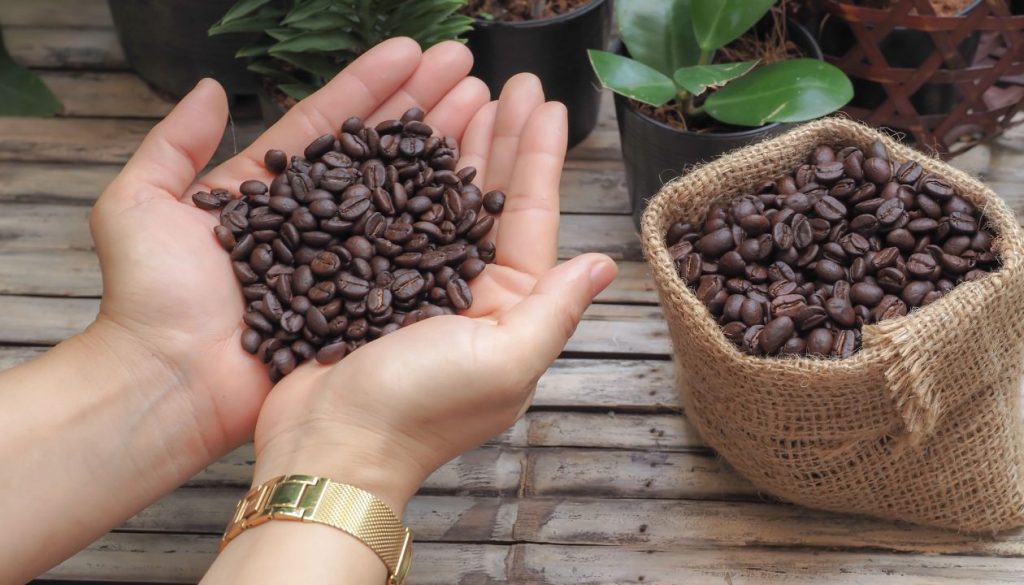
Can you use regular beans in a stovetop espresso maker?
No! Some, like Bialetti’s Moka Ground, are designed specifically for use in Moka pots. Even if you buy whole beans, an Italian mix can provide excellent taste because it was initially used in Moka pots. While fine grinds are normally used for espresso, a medium grind is preferable for a stovetop espresso maker.
Coffee beans for stovetop espresso maker, dark roast espresso blend is the best coffee for Moka brew coffee. This great coffee is a hand-selected combination of Central and South American coffees. I use the right medium-dark roast, which is more suited to pressure brewing than a light roast, which tastes rather sharp and acidic on the stovetop.
Tamp a medium coffee grind for stovetop espresso machines. What kind of coffee do you use in a stovetop espresso maker? The optimum grind, like with any coffee machine, is the key to effective extraction. If the grind is too coarse, the coffee will be weak, watery, and acidic. If I use coffee too fine, it will taste harsh and burn.
A moderate to medium-fine grind is suitable for brewing with a Moka pot or stovetop coffee maker, which is coarser than an espresso machine but finer than a drip coffee maker. When you rub medium-fine whole bean coffee between your fingers, it will feel gritty rather than powdered.
Can you use regular ground coffee in a stovetop espresso maker?
I don’t use regular ground for one simple reason. One should use a stovetop espresso maker with the right coffee to make Moka pot coffee. If I use ground coffee for espresso, such as the Super Blend in the Moka pot, I’ll almost probably wind up with an espresso that’s very bitter and somewhat burned, making a regular cup of concentrated coffee an unpleasant experience.
So it stands to reason that, coffee is medium to medium-fine dark roast for a good cup of coffee. These roasts offer a deeper taste that complements this method of brewing, resulting in coffee with low acidity and a creamy texture.
Is there a difference between espresso coffee beans and regular coffee beans?
The bulk of coffee beans is either Robusta or Arabica. This is true for whatever form of coffee beverage I make, including espresso, mocha, or latte. Espresso beans are simply roasted coffee beans that have been ground finer and prepared in an espresso machine or Aeropress.
An espresso grind is the best grind. I just need to make sure it’s medium coarse. Do you have to buy espresso beans for espresso? No.! The most common way of making espresso requires the entry of high temp water over thickly stuffed grounds. And let the coffee make a flat expensive espresso flavour.
Because the coffee grounds come into touch with the water for a shorter amount of time, they must be very fine, similar to the texture of sand. An ordinary coffee pot cannot produce authentic espresso. High pressure is required for the extraction process to be effective.
Since espresso is roasted, ground, and prepared differently from normal coffee, it has a distinct flavor. It has a stronger, less acidic flavor with a well-rounded, comprised entirely finish. It tastes stronger, indicating a robust coffee flavor.
Regular coffee has somewhat more caffeine than espresso. Because espresso beans are roasted for a longer period than light or medium roast beans in coffee roasters, much of the caffeine is burnt away during this process.
Conclusion:
I hope this article has given a better understanding of the different types of top coffee beans and the best coffee blend, which is generally used for an espresso machine. Also, we’ve learned in detail about coffee beans for stovetop espresso maker. If you want to know more about how to make coffee with stovetop espresso makers, please click here.
I enjoy the best Moka coffee without milk. Continue to evaluate various minor departures from how to make your Moka Pot espresso shockingly better by exploring different avenues regarding different espresso proportions and even water temperatures. All in favor of that perfectly balanced and delectable cup of comfort.

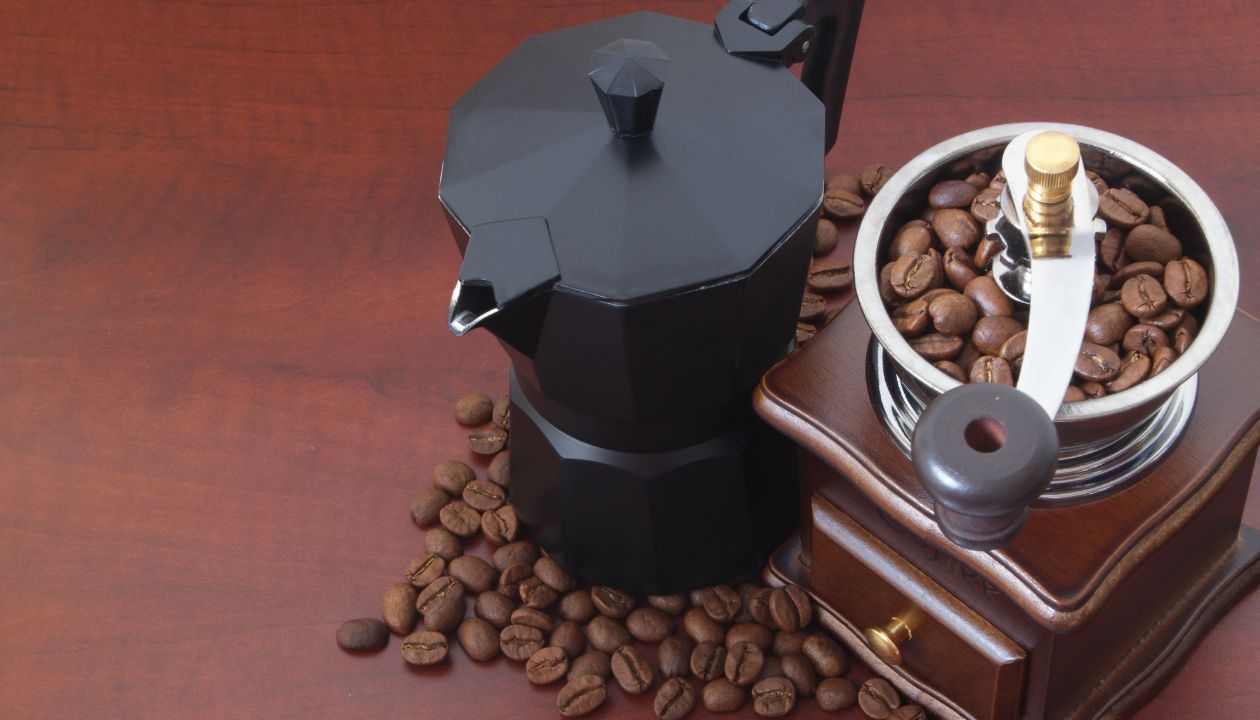
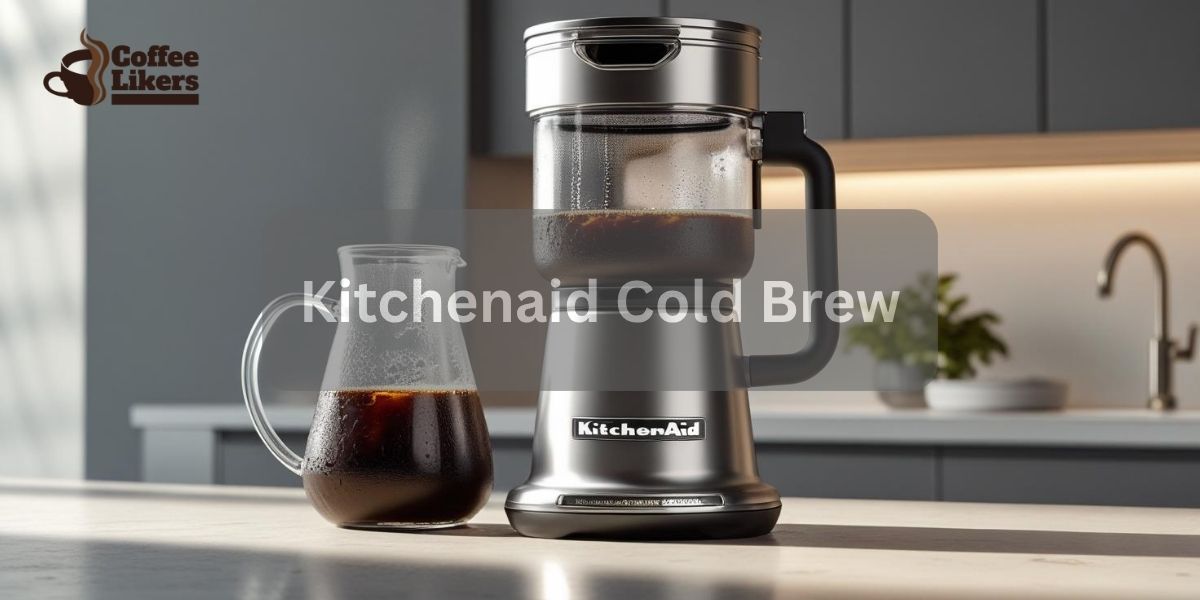
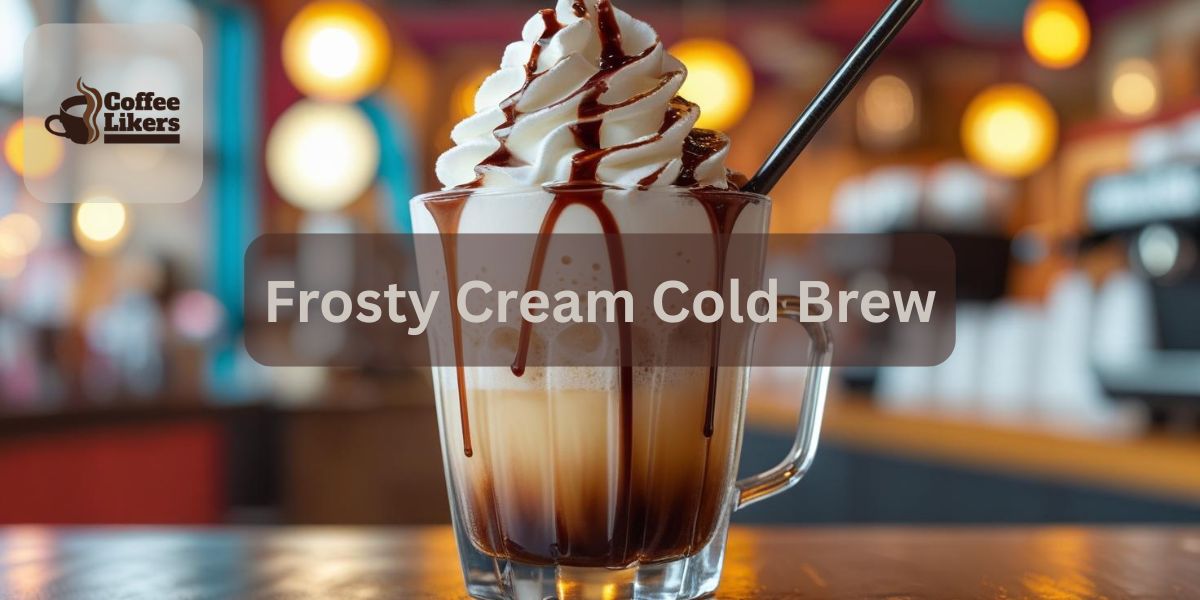
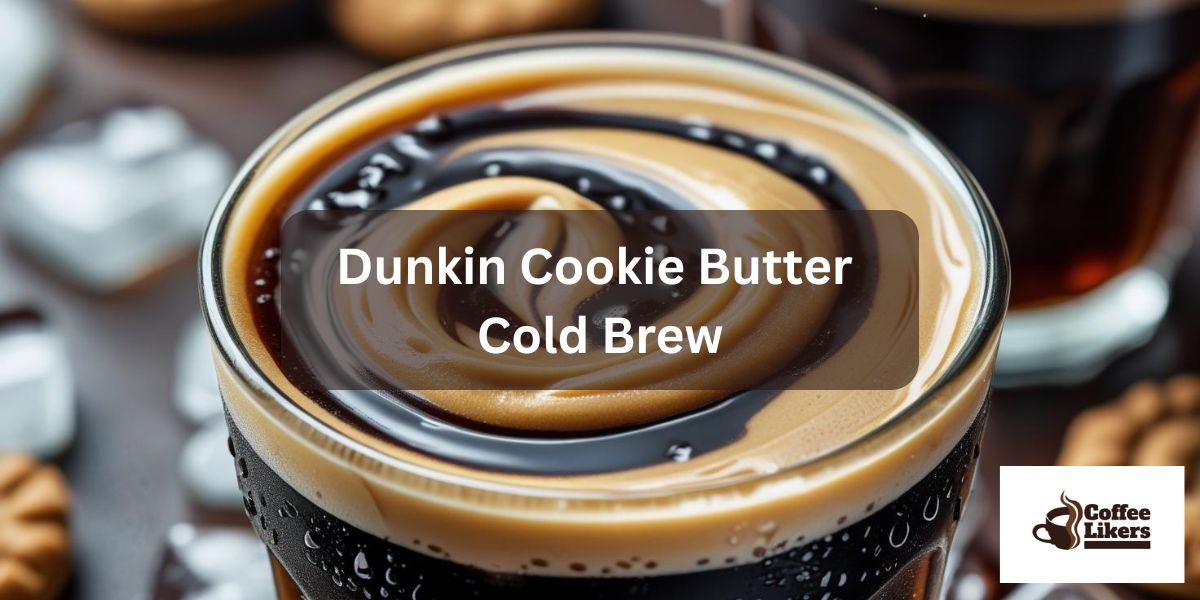
Leave a Reply